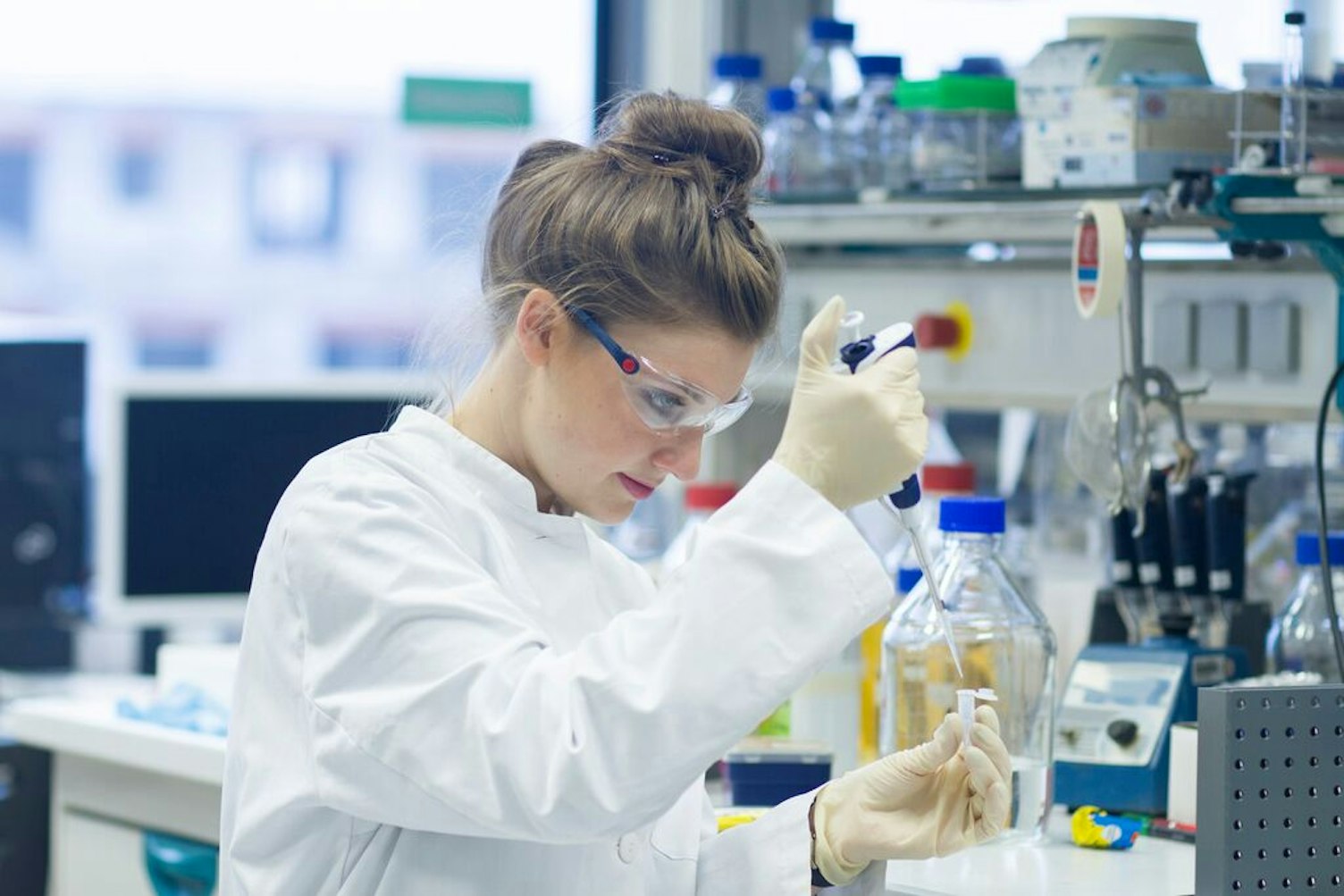To check drug products or substances for light sensitivity and stability, photostability is required. We provide photostability testing services in accordance with the ICH Harmonised Tripartite Guidelines –Stability Testing: Photostability Testing of New Drug Substances and Products, Q1B. We offer solutions tailored around your specific requirements, offering high flexibility and adherence to stability testing guidelines within a wide variety of projects and circumstances.
Why choose photostability testing services from SGS?
- Photostability chambers designed to expose a solid and/or liquid material (drug substance, drug product or other) to light that approximates sunlight
- Specified exposure to check for light sensitivity and establish specific protection parameters
- Generate specific impurities within a forced degradation study to set up stability indicating methods
- Tests performed by a standard exposure (ICH Q1B) of 1.2 million Lux hours of visible light and 200 watts/meter2 (W/m2) hours
- Photostability testing under the Chinese Pharmacopeia
- Tailored solutions to evaluate product stability and effective packaging formats
- Specific photostability chambers and cabinets on several sites for the required exposure
Trusted Photostability Testing Services from a Word-leading Provider
As a world-leading provider of stability testing services, we offer you the flexibility to accommodate your protocols, specified time-points, sample configurations and sample amounts as well as exposure adhering to ICH guidelines. UV and visible light exposure can be performed concurrently or separately. We can also provide degradation studies and subsequent testing after exposure if required.
Our state-of-the-art procedures are established worldwide within GMP requirements. Our chamber temperatures (and humidity when controlled) are continuously monitored by our facilities monitoring system. All chamber thermistors, thermocouples, humidity sensors, and radiometers/lux meters are calibrated, traceable to a NIST standard. Quinine Chemical Actinometry is also employed to determine sufficient exposure level.
To discuss your photostability testing requirements, contact us today.
